
As a movie buff, I’ve noticed a lot of films about journalism really dig into that tricky line between a journalist’s duty to inform us and the possible damage reporting can cause. They usually focus on the tough choices reporters face when they’re digging up difficult stories or trying to keep their sources safe. The consequences in these movies can be huge – everything from political scandals to real danger for the people involved, and even the reporter’s career being destroyed. What I really appreciate is getting a glimpse into just how challenging and risky investigative reporting can actually be. These films really pull you in and make you think.
‘All the President’s Men’ (1976)
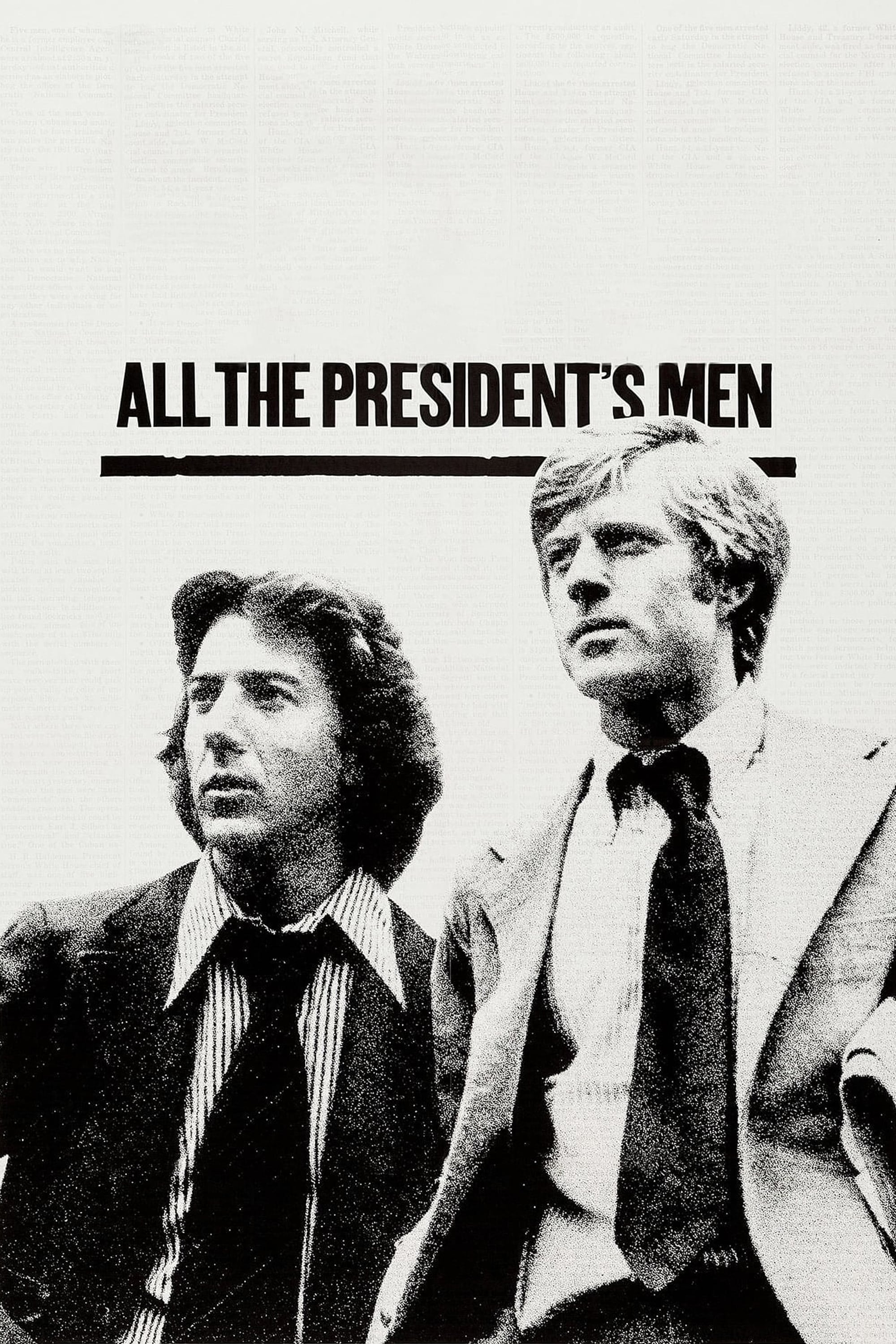
Bob Woodward and Carl Bernstein of the Washington Post uncovered a break-in that unexpectedly led them to the very top of the U.S. government. Guided by a secret source nicknamed Deep Throat, they investigated the Watergate scandal. Throughout their reporting, they had to carefully confirm information while protecting their source and their own jobs. The story shows how much determination it takes to pursue a difficult story, especially when facing doubt from their colleagues and intimidation from those in power.
‘The Post’ (2017)
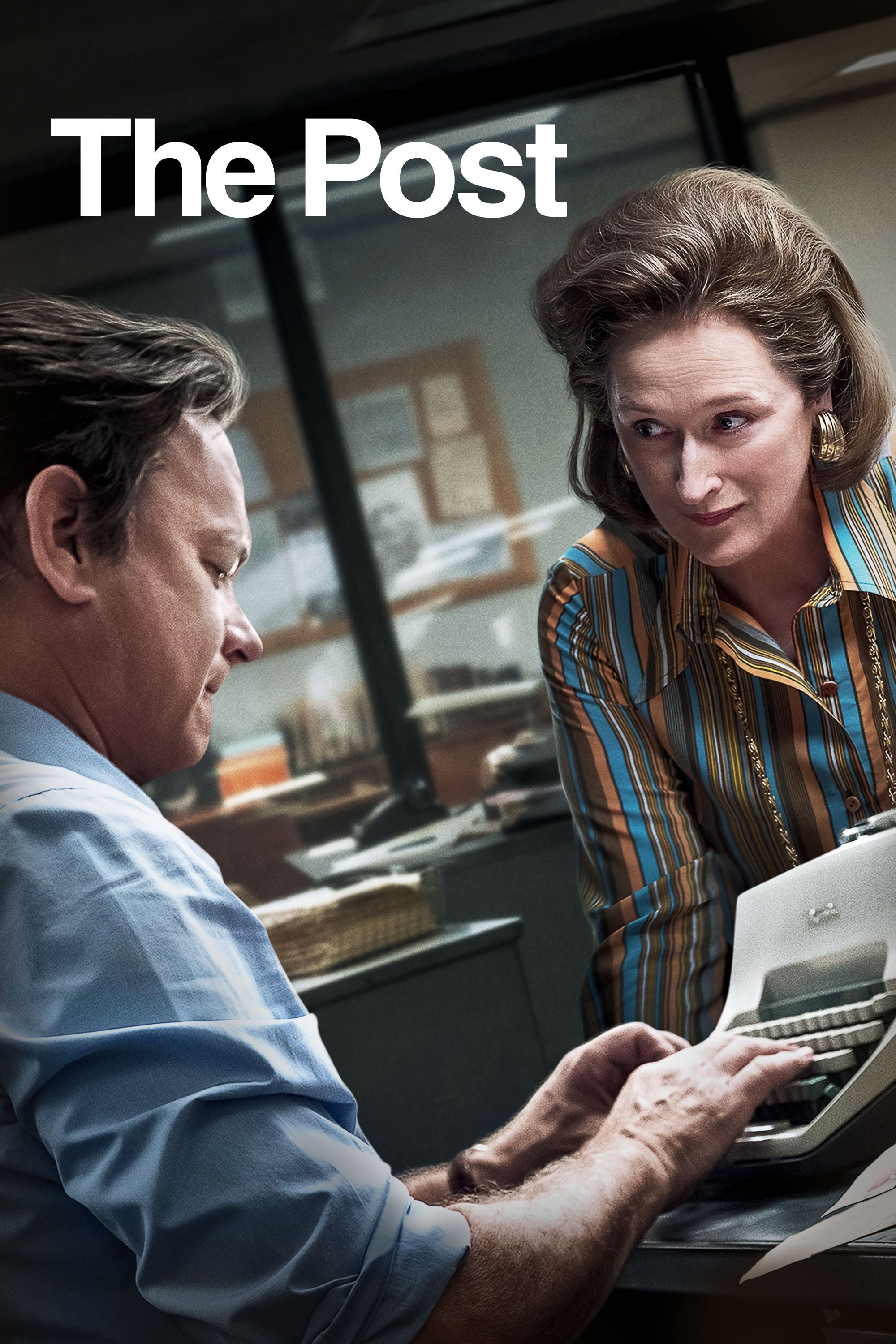
Katharine Graham, the publisher, and Ben Bradlee, the editor, clashed over whether to publish the Pentagon Papers, documents revealing the truth about U.S. involvement in Vietnam. Their team struggled with a difficult choice: obey a court order that threatened the newspaper, or fulfill their duty to inform the public about the government’s misleading actions. Graham faced the challenge of protecting her family’s newspaper—and proving herself as a leader in a field dominated by men—while making this crucial decision. The situation highlights the conflict between keeping national secrets and upholding the freedom of the press.
‘Shattered Glass’ (2003)

Stephen Glass quickly became a rising star at The New Republic, known for lively and captivating stories that often sounded unbelievable. His editor, Chuck Lane, grew suspicious that Glass was making up sources and quotes to enhance his articles. The film explores how the fact-checking process failed and how trust was broken within the newsroom. Ultimately, it’s a warning about the dangers of seeking fame and the importance of thoroughly verifying information.
‘Nightcrawler’ (2014)

As a movie buff, I was really struck by this film about Lou Bloom, a guy who dives headfirst into the crazy world of LA crime journalism. He starts filming accidents and fires, but quickly realizes to get noticed, he needs to go further – even staging things to get better footage. It really makes you think about how much news focuses on shocking images, and whether that demand for graphic content is actually okay. Lou Bloom becomes a symbol of just how far someone will go for ratings, and it’s a scary look at what happens when shocking people becomes more important than, well, basic human decency and actual journalism.
‘The Insider’ (1999)
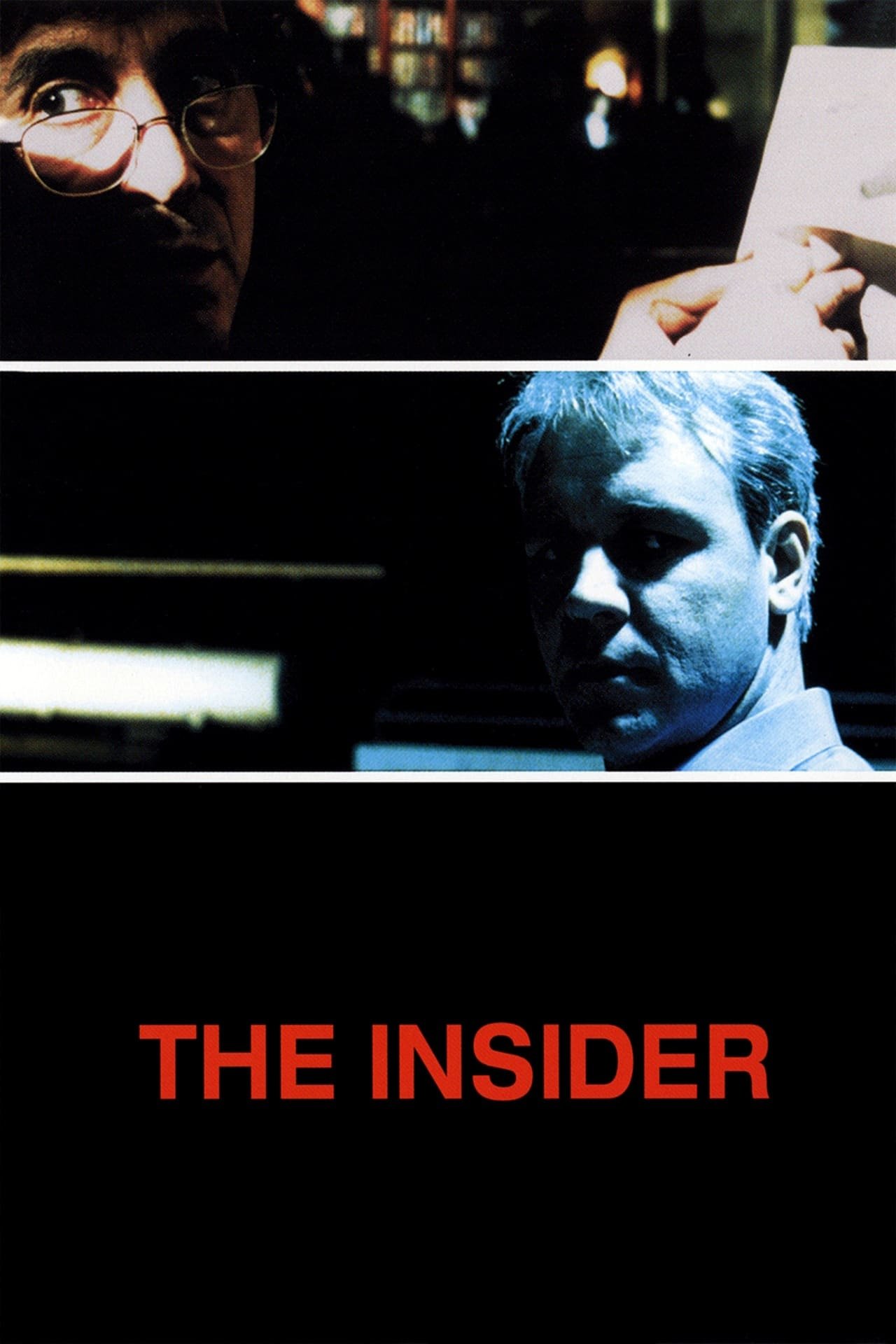
A TV producer wants to broadcast an interview with a former tobacco industry employee who has proof that the company knowingly added addictive substances to their products. However, the network could face a huge lawsuit – potentially putting them out of business – if they share the full interview without making changes. The story examines the tension between a company’s profits and the public’s right to know about health risks, and it shows the personal cost often paid by people who speak up against powerful businesses.
‘Network’ (1976)

A news anchor, struggling with personal issues, publicly announces his intention to end his life on air, which surprisingly boosts ratings. Instead of offering him support, the network sees an opportunity to profit from his distress. This darkly humorous story criticizes how news has become more about entertainment than real reporting, and how outrage and shocking content are used to attract viewers, regardless of the human cost.
‘Zodiac’ (2007)

The movie follows a cartoonist and a reporter at the San Francisco Chronicle as they become consumed with solving the Zodiac Killer case, which haunted the Bay Area. Their relentless pursuit lasts for years, taking a toll on their personal lives and careers. The film explores the fine line between dedicated investigation and unhealthy obsession, raising questions about the risks journalists face when seeking the truth and the impact it can have on their well-being.
‘Frost/Nixon’ (2008)
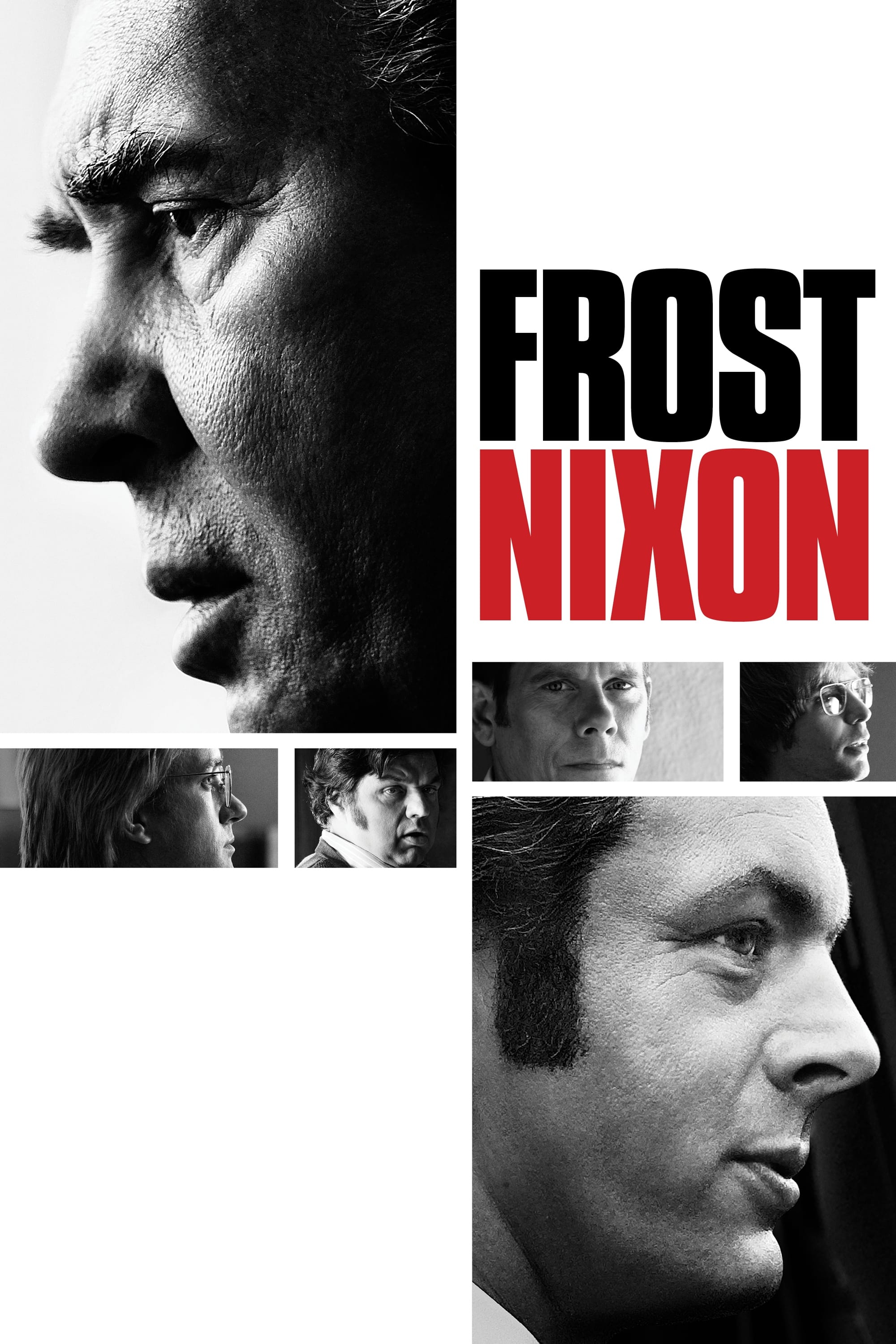
I was absolutely captivated watching David Frost try to interview Richard Nixon. It was incredible – Frost, known for his fun, lighthearted shows, was going up against a former president who was a master of politics. You could really feel the tension as Frost tried to get Nixon to truly acknowledge what had happened and maybe even apologize. It made me think a lot about how interviews can sometimes feel like a transaction – a ‘checkbook journalism’ situation – and how much of political discussion on TV is just performance. It was clear both men saw these interviews as a chance to rebuild their reputations and how history would remember them. It wasn’t just about the questions and answers; it was about two men fighting for their place in history.
‘State of Play’ (2009)
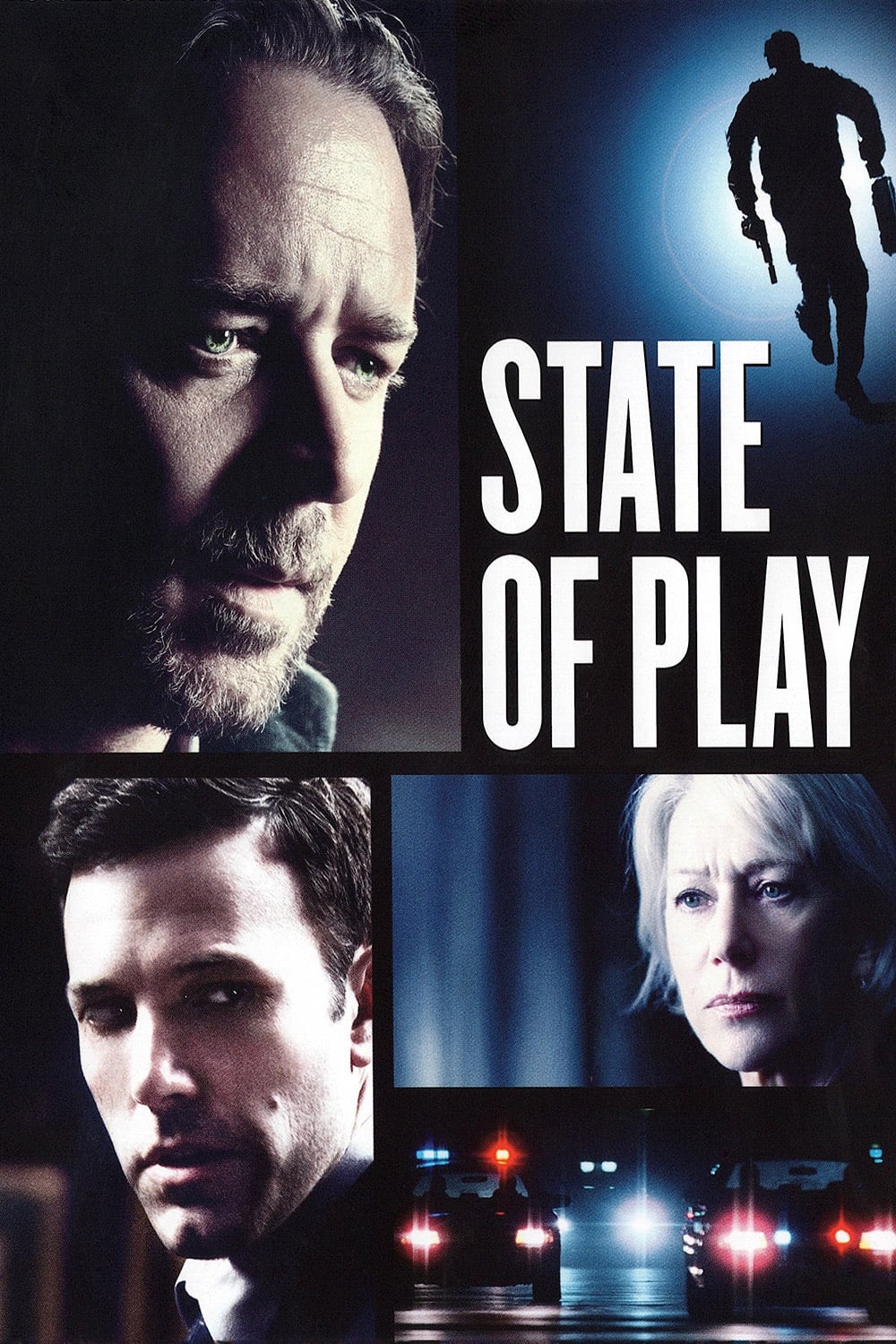
An experienced reporter begins investigating when a congressional aide dies under mysterious circumstances, discovering the aide was having an affair with someone from the reporter’s past. Torn between loyalty to a powerful congressman and his duty to expose the truth, the reporter uncovers a military cover-up. The film explores the challenges journalists face when reporting on people they know, and the changing landscape of news with the rise of blogs.
‘Truth’ (2015)
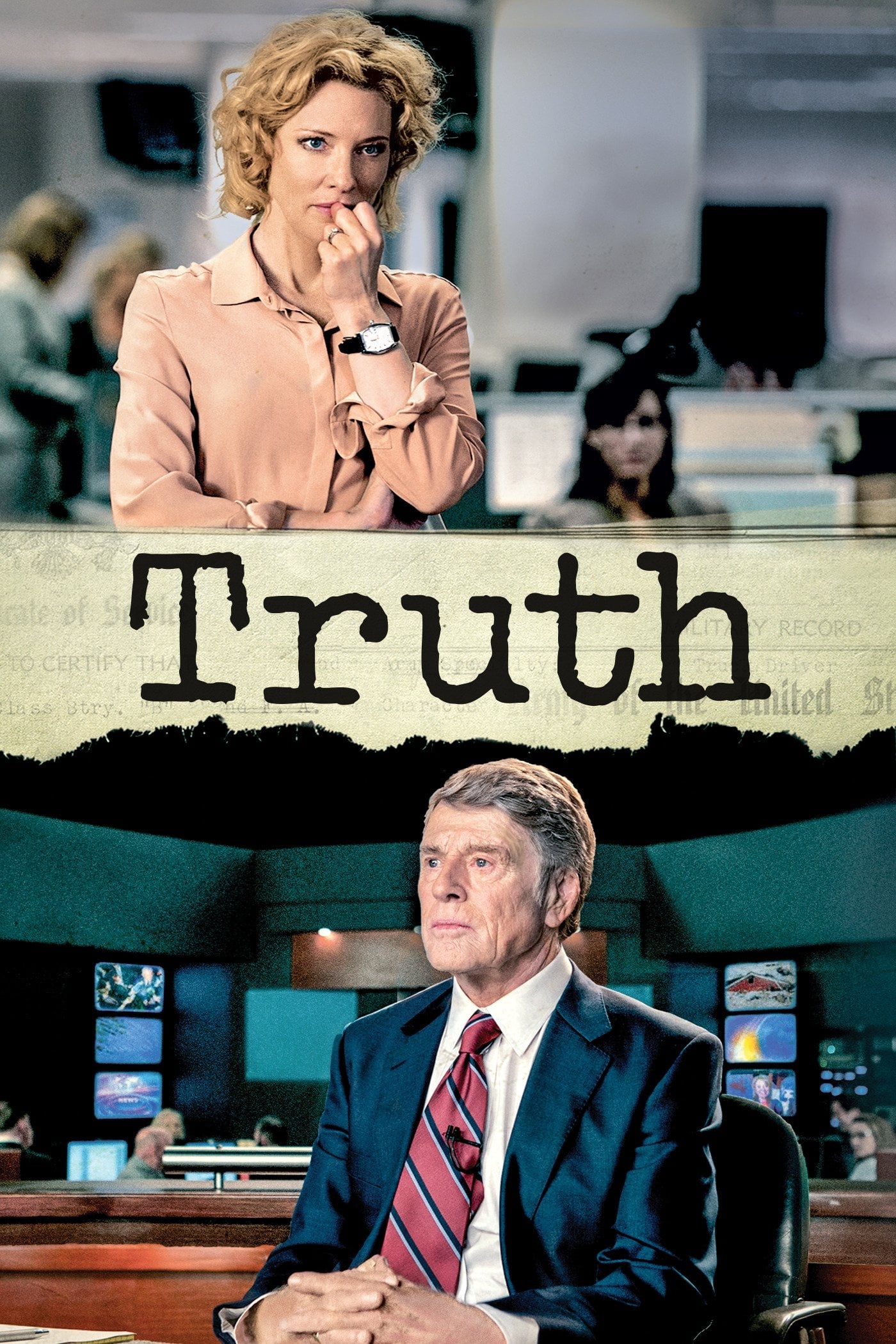
Producer Mary Mapes and anchor Dan Rather quickly broadcast a story challenging President George W. Bush’s military background. However, the report fell apart when people began to doubt the legitimacy of the documents used as proof, including critics and other news organizations. The film explores the damaging results of not thoroughly verifying information, especially during a presidential election, and demonstrates how one mistake can destroy a journalist’s reputation built over many years.
‘Absence of Malice’ (1981)
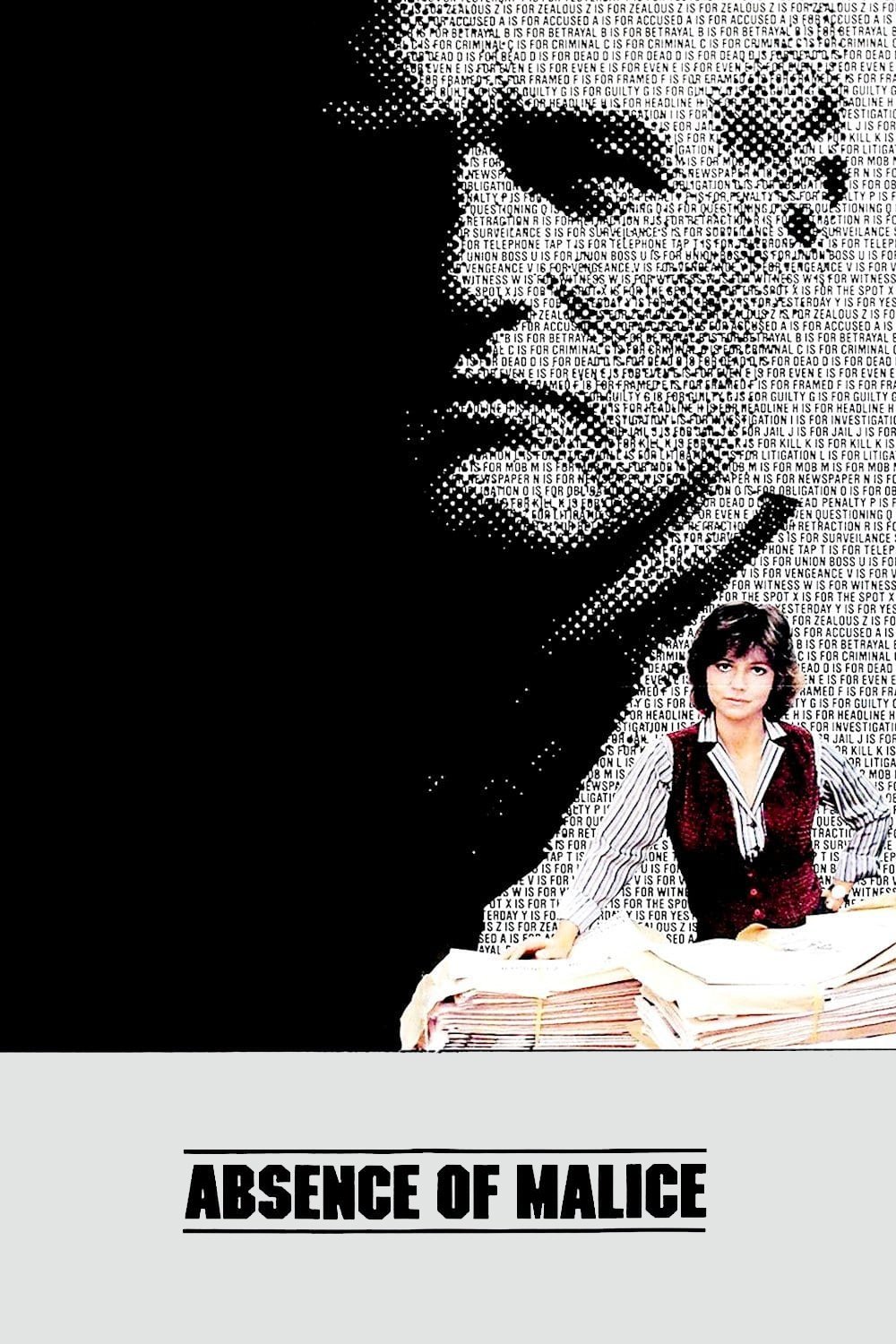
A journalist publishes a story suggesting a liquor distributor was involved in the disappearance of a union leader, based on a document she received. Unbeknownst to her, the document was deliberately leaked as a tactic to force the union leader to cooperate with authorities. The film explores the harm done to an ordinary person when the press publishes information without fully understanding the situation. It also criticizes how law enforcement agencies can use the media to further their own investigations.
‘Broadcast News’ (1987)

The movie centers on a news producer facing a tough decision: pick a gifted but unconventional reporter, or a charming but not very insightful anchor. It also explores the questionable practice of creating fake emotional moments to influence viewers. The film highlights the conflict between serious, in-depth reporting and the increasing focus on personality and entertainment value in TV news, and how difficult it is for journalists to uphold their principles as the industry changes.
‘The Killing Fields’ (1984)

Sydney Schanberg, an American journalist, reported on the Cambodian civil war with the assistance of a local interpreter named Dith Pran. When the U.S. military withdrew, Schanberg was able to leave the country, but Pran remained and was eventually captured by the Khmer Rouge. The film examines the moral burden felt by foreign journalists who depend on local guides for their work and protection, and highlights the deep commitment journalists should have to those who assist them.
‘Kill the Messenger’ (2014)

Journalist Gary Webb discovered links between CIA agents and the rise of crack cocaine in poor urban areas. When he published his investigation, he was attacked with efforts to ruin his credibility and reputation. The story highlights how alone a reporter can be when their own news organization stops backing them due to outside influence, and raises questions about whether major news outlets can truly oversee and challenge intelligence agencies.
‘She Said’ (2022)

This film follows two New York Times reporters as they uncover accusations of sexual harassment against Hollywood producer Harvey Weinstein. They faced a tough challenge: getting victims to share their stories, even though they had signed agreements to stay silent. The film highlights the careful work of building trust with sources and verifying difficult-to-prove claims, and shows how strong journalism can spark a worldwide push for change.
‘The Year of Living Dangerously’ (1982)
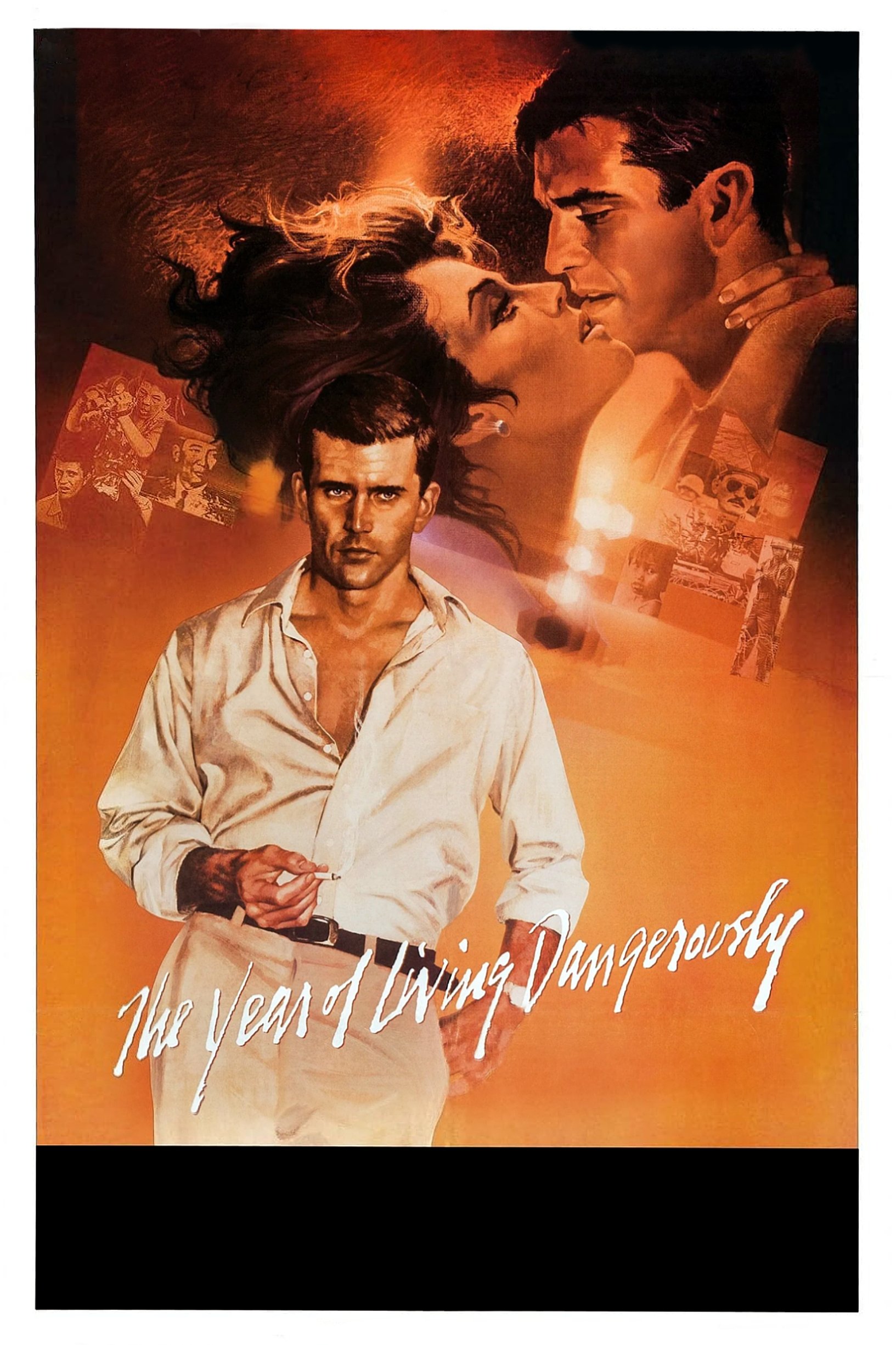
Set against the backdrop of Indonesia’s 1965 political upheaval, an Australian journalist finds himself caught in a dangerous situation, aided by an enigmatic photographer. He’s forced to confront a difficult choice when he obtains sensitive information – it could be his big break, but it threatens the woman he cares for. The story explores how easily someone can become consumed by observing a conflict from afar, and questions whether a journalist can truly remain unbiased when personal relationships are on the line.
Please share your own favorite films about journalism ethics in the comments.
Read More
- DOGE PREDICTION. DOGE cryptocurrency
- TON PREDICTION. TON cryptocurrency
- EQT Earnings: Strong Production
- Leveraged ETFs: A Dance of Risk and Reward Between TQQQ and SSO
- Calvin Harris Announces India Debut With 2 Shows Across Mumbai and Bangalore in November: How to Attend
- GLD vs. SLV: Which ETF Wins for Retail Investors?
- The Dividend Maze: VYM and HDV in a Labyrinth of Yield and Diversification
- The Relentless Ascent of Broadcom Stock: Why It’s Not Too Late to Jump In
- Gold Rate Forecast
- Dogecoin’s Wild Ride: 165K% Liquidation Chaos!
2025-11-28 04:16